-
Αναρτήσεις
16247 -
Εντάχθηκε
-
Τελευταία επίσκεψη
-
Ημέρες που κέρδισε
26
Τύπος περιεχομένου
Forum
Λήψεις
Ιστολόγια
Αστροημερολόγιο
Άρθρα
Αστροφωτογραφίες
Store
Αγγελίες
Όλα αναρτήθηκαν από kkokkolis
-
Δεν είναι κάτι σπουδαίο σαν μαστοριά, πρόκειται όμως για μία βολική λύση. Είναι γνωστή η προτίμηση της Televue σε ένα σύστημα διπλής κάνης που χαρακτηρίζει ορισμένα προσοφθάλμια, πχ Nagler 12 T4, Panoptic 22, Ethos 13 και κάτω. Είναι αρκετά εκνευριστικό (αυτές οι βιδούλες ασφάλισης είναι εύκολο να χαθούν) και για όποιους χρήστες επιθυμούν να το αποφύγουν, υπάρχει η δυνατότητα προμήθειας ενός προσαρμογέα TeleVue EBX-2120 (φωτογραφία) που επιτρέπει να χρησιμοποιούνται άνετα σε εστιαστές 2΄΄ και –κυρίως- να δέχονται φίλτρα 2΄΄. Αν δεν το έχετε και δεν μπορείτε να το βρείτε εύκολα (υποθέτοντας πως το χρειάζεστε) την ίδια ακριβώς δουλειά κάνει το Baader Fine Tune Ring 28mm, το οποίο κοστίζει λιγότερο από τα μισά χρήματα και υπάρχει και στην Ελληνική αγορά. Το δοκίμασα αλλά φωτογραφία δεν έβγαλα, μπορείτε να καταλάβετε όμως γιατί μιλώ από τις εικόνες που ακολουθούν. Τώρα ο 22 και ο 12 Τ4 μπορούν να εναλλάσσονται στο διαγώνιο σαν ίσοι και με άνεση, χωρίς φόβο η εσωτερική κάνη να χτυπήσει το κάτοπτρο (δεν ισχύει αυτό στα Νευτώνια, αλλά για ορισμένους διαγωνίους υπάρχει φόβος). Πρέπει να λειτουργεί το ίδιο και με τους Ethos σας.
-

Το σύμπαν της τέχνης και οι τέχνες τ' ουρανού
kkokkolis απάντησε στην συζήτηση του/της kkokkolis σε Λοιπές Αστρονομικές Συζητήσεις
-

Το σύμπαν της τέχνης και οι τέχνες τ' ουρανού
kkokkolis απάντησε στην συζήτηση του/της kkokkolis σε Λοιπές Αστρονομικές Συζητήσεις
-

Το σύμπαν της τέχνης και οι τέχνες τ' ουρανού
kkokkolis απάντησε στην συζήτηση του/της kkokkolis σε Λοιπές Αστρονομικές Συζητήσεις
-

Το σύμπαν της τέχνης και οι τέχνες τ' ουρανού
kkokkolis απάντησε στην συζήτηση του/της kkokkolis σε Λοιπές Αστρονομικές Συζητήσεις
To the Moon, John Brainard, 1796-1828 Bless thy bright face ! though often blessed before By raving maniac and by pensive fool ; One would say something more-- but who as yet, When looking at thee in the deep blue sky, Could tell the poorest thought that struck his heart ? Yet all have tried, and all have tried in vain. At thee, poor planet, is the first attempt That the young rhymster ventures. And the sigh The boyish lover heaves, is at the Moon. Bards, who -- ere Milton sung or Shakspeare played The dirge of sorrow, or the song of love, Bards, who had higher soared than Fesole, Knew better of the Moon. 'T was there they found Vain thoughts, lost hopes, and fancy's happy dreams, And all sweet sounds, such as have fled afar From waking discords, and from daylight jars. There Ariosto puts the widow's weeds When she, new wedded, smiles abroad again, And there the sad maid's innocence -- 't is there That broken vows and empty promises, All good intentions, with no answering deed To anchor them on the substantial earth, Are shrewdly packed. -- And could he think that thou, So bright, so pure of aspect, so serene, Art the mere storehouse of our faults and crimes ? I'd rather think as puling rhymsters think, O; love-sick maidens fancy -- Yea, prefer The dairy notion that thou art but cheese, Green cheese -- than thus misdoubt thy honest face. -

Το σύμπαν της τέχνης και οι τέχνες τ' ουρανού
kkokkolis απάντησε στην συζήτηση του/της kkokkolis σε Λοιπές Αστρονομικές Συζητήσεις
-

Το σύμπαν της τέχνης και οι τέχνες τ' ουρανού
kkokkolis απάντησε στην συζήτηση του/της kkokkolis σε Λοιπές Αστρονομικές Συζητήσεις
-

Το σύμπαν της τέχνης και οι τέχνες τ' ουρανού
kkokkolis απάντησε στην συζήτηση του/της kkokkolis σε Λοιπές Αστρονομικές Συζητήσεις
-

Το σύμπαν της τέχνης και οι τέχνες τ' ουρανού
kkokkolis απάντησε στην συζήτηση του/της kkokkolis σε Λοιπές Αστρονομικές Συζητήσεις
-

Το σύμπαν της τέχνης και οι τέχνες τ' ουρανού
kkokkolis απάντησε στην συζήτηση του/της kkokkolis σε Λοιπές Αστρονομικές Συζητήσεις
-

Το σύμπαν της τέχνης και οι τέχνες τ' ουρανού
kkokkolis απάντησε στην συζήτηση του/της kkokkolis σε Λοιπές Αστρονομικές Συζητήσεις
-

Το σύμπαν της τέχνης και οι τέχνες τ' ουρανού
kkokkolis απάντησε στην συζήτηση του/της kkokkolis σε Λοιπές Αστρονομικές Συζητήσεις
Dinner Party Η απόφαση αυτή είχε αρνητικό αντίκτυπο και προκάλεσε αρκετές εικαστικές και άλλες αντιδράσεις, μερικές εκ των οποίων θα σταχυολογήσουμε. -

Το σύμπαν της τέχνης και οι τέχνες τ' ουρανού
kkokkolis απάντησε στην συζήτηση του/της kkokkolis σε Λοιπές Αστρονομικές Συζητήσεις
Pluto, we still love you, TBWA/RAAD, 2006 Εξαιρετικής έμπνευσης διαφήμιση των τροφών για σκύλους Pedigree, άμα της αποπλανητοποίησης του Πλούτωνα! -

Από που παρατηρείτε; (Μόνο με χάρτες και κλίμακα Bortle)
kkokkolis απάντησε στην συζήτηση του/της giorgosgr σε Εξορμήσεις και τόποι παρατήρησης
Ερώτηση: Από την άλλη μεριά του βουνού (Στρόπωνες, Λάμαρη, Χιλιαδού) έχεις παρατηρήσει ποτέ; Θυμάμαι υπέροχους ουρανούς από το αγροτικό μου, πάνε 17 χρόνια βέβαια, αλλά ο οροφράκτης παρεμποδίζει την θέα προς την Αθήνα και την Χαλκίδα. Απλώς αναρωτιέμαι, δεν έχω να δηλώσω θέση, μακάρι να είχα. -
Συμφωνώ, απλώς να προσθέσω πως είναι ευκολότερο να φτιαχτεί ένα φθηνό προσοφθάλμιο μεγάλης εστιακής, παρά μικρής, όπου οι καμπύλες των φακών είναι περισσότερο βαθειές. Μπορεί να πέτυχες εστίαση στο κέντρο, αλλά τα άκρα (ακόμη και τα 2/3) να έχουν αστιγματισμό. Μπορεί ένας φακός να μετακινήθηκε- πρόσεξε αν όλα είναι βιδωμένα σωστά. Γενικά με τα 10mm των περισσότερων τέτοιων φακών υπάρχουν παράπονα. 120χ δεν είναι και τόσο μεγάλη μεγέθυνση για ένα 8ρι, το οποίο χειρίζεται με άνεση τα 200x και ακόμη παραπάνω. Ο φακός πρέπει να φταίει. Αν πήρες ήδη barlow χρησιμοποίησε αυτό με το 25mm μέχρι να αποκτήσεις καλύτερους φακούς. Το Rigel μπήκε ωραία.
-

Ξεμυτίζουν ένα- ένα: SW DOBSONIAN GOTO!
kkokkolis απάντησε στην συζήτηση του/της kkokkolis σε Τηλεσκόπια
Το θέμα μου είναι θέμα σας παιδιά. Ποτέ δεν παραπονέθηκα για off topic εγώ. Μιλήστε ελεύθερα. -

Pentax XW προσοφθάλμιοι - Ελληνική επίσημη Αντιπροσωπεία
kkokkolis απάντησε στην συζήτηση του/της Τάσος Βράτολης σε Πού και πώς να αγοράσω;
Τάσο, πόσο χρήσιμο είναι το 5mm στο SW12'' (300x); Ένα 6mm (250x) δεν χρησιμοποιείται συχνότερα και αξιοποιείται περισσότερο; -

ερωτηση για schmidt cassegrain scopes??
kkokkolis απάντησε στην συζήτηση του/της pao13 σε Τηλεσκόπια
Όλα τα Schmidt Cassegrain που ξέρω είναι κλειστού σωλήνα, αφού έχουν μπροστά την ''πλάκα'' (σύνθετο φακό) Schmidt. Αυτά που βλέπεις ανοικτά είναι Ritchey-Chretien (ανοικτά αλλά και κλειστά) και παραλλαγές κατοδιοπτρικών (Γρηγοριανά, Cassegrain με ή χωρίς διορθωτικό φακό μπροστά από το δευτερεύον κλπ). Όσα δεν έχουν πλάκα Schmidt ή Maksutov είναι ανοικτά από μπροστά. Μερικά μεγάλα που προορίζονται για σκοτεινά παρατηρητήρια είναι ανοικτά και από το πλάι με κατασκευή truss, ίσως (και) για λόγους ψύξης. Αυτά δεν είναι μάλλον για βουνό. -

Μπλε Φεγγάρι θα έχουμε φέτος!!!
kkokkolis απάντησε στην συζήτηση του/της Γεώργιος Ταρσούδης σε Παρατήρηση Σελήνης
Πάντως απόψε, μπορεί το φεγγάρι να είναι γαλακτώδες σαν λάμπα οικονομίας της Philips, αλλά ο ουρανός είναι πράγματι μπλέ. Το ίδιο και η διάθεσή μου όταν τον βλέπω. Αν ήταν μαύρος δεν θα είχα τις μαύρες μου. -

Το σύμπαν της τέχνης και οι τέχνες τ' ουρανού
kkokkolis απάντησε στην συζήτηση του/της kkokkolis σε Λοιπές Αστρονομικές Συζητήσεις
Capture of the Sun, niGHTpiSces, Deviant Art, 2010 As they pull down the sun the contrasts get stronger the violence amplifies.. -

Το σύμπαν της τέχνης και οι τέχνες τ' ουρανού
kkokkolis απάντησε στην συζήτηση του/της kkokkolis σε Λοιπές Αστρονομικές Συζητήσεις
Cassiopeia Project ACTX, niGHTpiSces, Deviant Art, 2010 To meditate is to drift towards yourself. But yourself is not inside you, rather in everything there is to be. As a quantum field you stretch over the infinite, as the infinite stretches inside your body - and never reaches it's bounds. To meditate is to listen to a heartbeat. A heartbeat of infinite. -

Το σύμπαν της τέχνης και οι τέχνες τ' ουρανού
kkokkolis απάντησε στην συζήτηση του/της kkokkolis σε Λοιπές Αστρονομικές Συζητήσεις
Cassiopeia Project ACTIX, niGHTpiSces, Deviant Art, 2010 It's midnight and my life is transparent. I am here, and everything is in it's place - as it always was and it always will be. When i act, i burn myself, i leave no trace. I am a beginner at everything i do, as in the beginner's mind there are many possibilities, but in the expert's there are few. -

Το σύμπαν της τέχνης και οι τέχνες τ' ουρανού
kkokkolis απάντησε στην συζήτηση του/της kkokkolis σε Λοιπές Αστρονομικές Συζητήσεις
-

Το σύμπαν της τέχνης και οι τέχνες τ' ουρανού
kkokkolis απάντησε στην συζήτηση του/της kkokkolis σε Λοιπές Αστρονομικές Συζητήσεις
Cassiopeia Project ACTVII, niGHTpiSces, Deviant Art, 2010 Yáng (陽 or 阳 "sunny place, south slope, north bank (river), sunshine") is the bright element: it is active, light, masculine, positive, upward-seeking, producing and corresponds to the daytime. Inside the world of perceivable phenomena, things appear out of interactions between the opposites (yin & yang), while each one contains a seed of the other, thus cannot exist without it. We perceive things from inside of the symbolic matrix, stretched over the primordial reality, and that very matrix has a polar structure known as yin and yang. -

Το σύμπαν της τέχνης και οι τέχνες τ' ουρανού
kkokkolis απάντησε στην συζήτηση του/της kkokkolis σε Λοιπές Αστρονομικές Συζητήσεις
Cassiopeia Project ACTVI, niGHTpiSces, Deviant Art, 2010 Thinking, loving, hating, dreaming .. is merely a relation to that, which is unknown. Every person.. every object stays unknown, though our relation to that is what matters and builds our world. The grasp of every relation is thrown into infinity, into divinity.

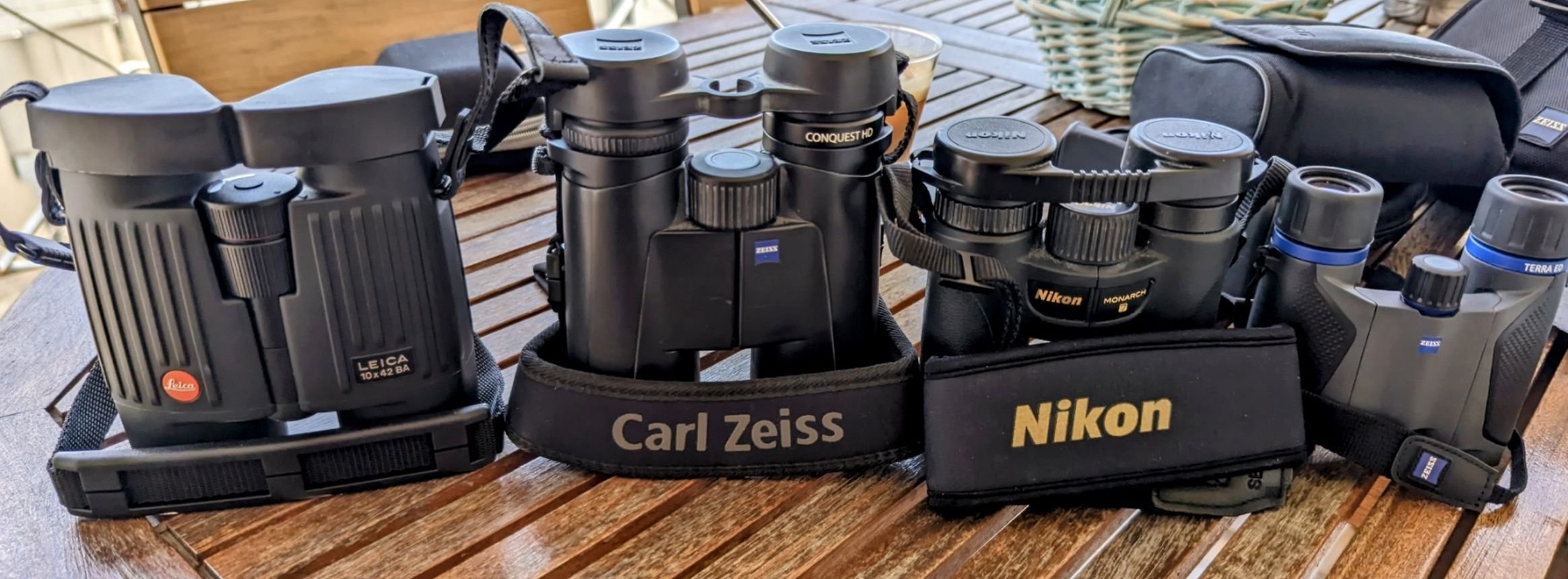
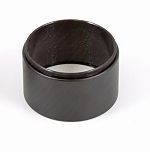


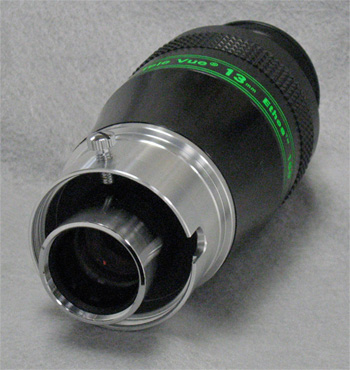
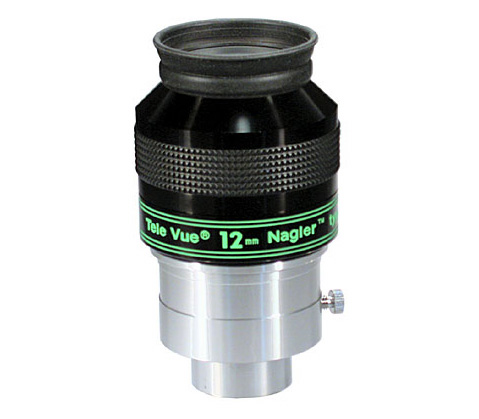
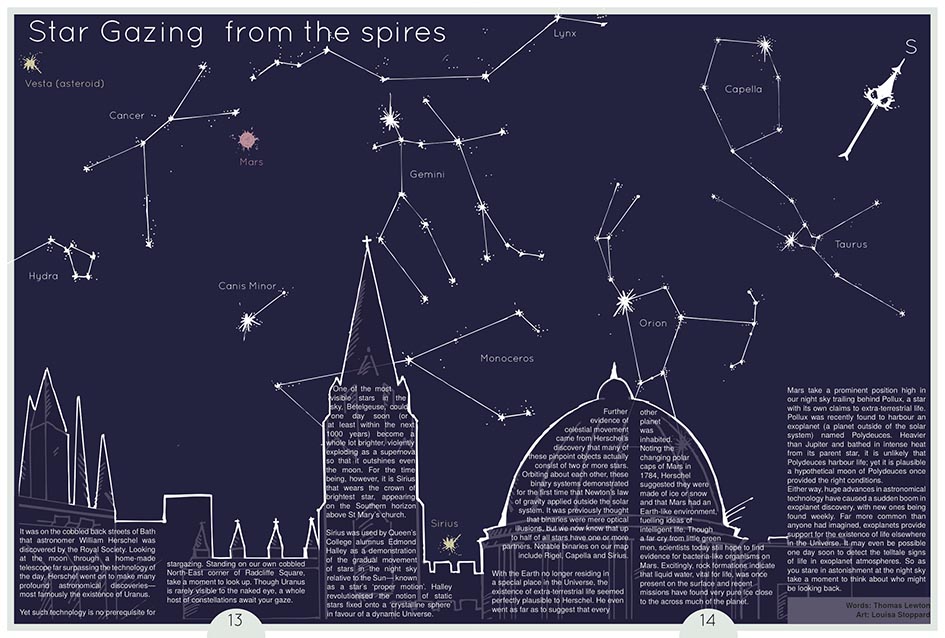
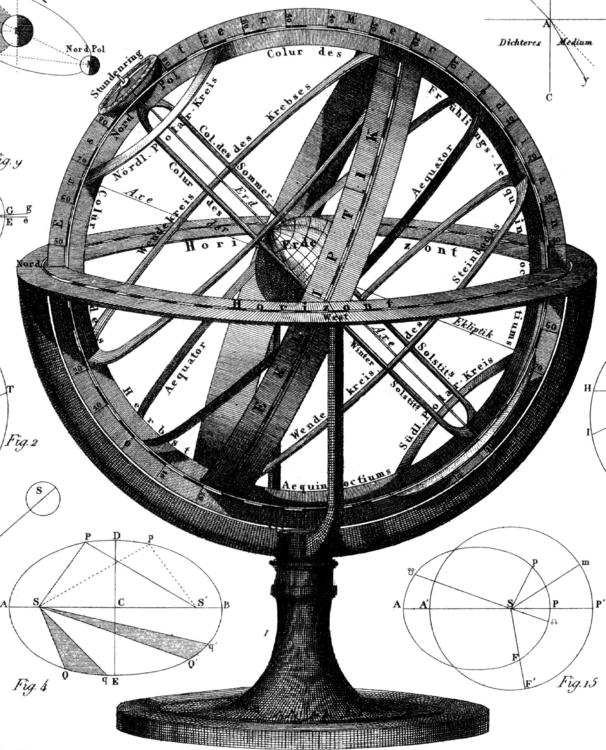


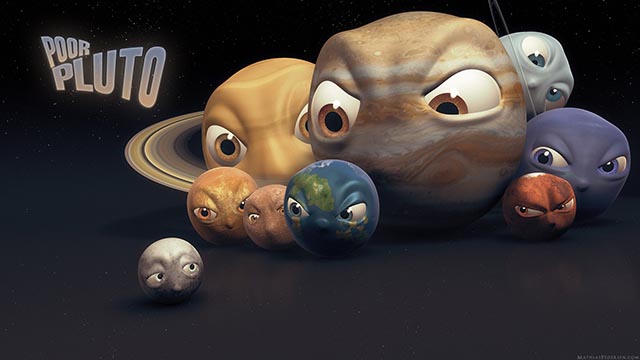
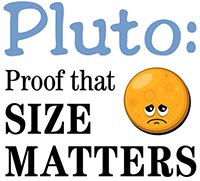
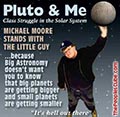


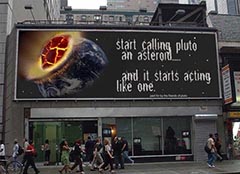

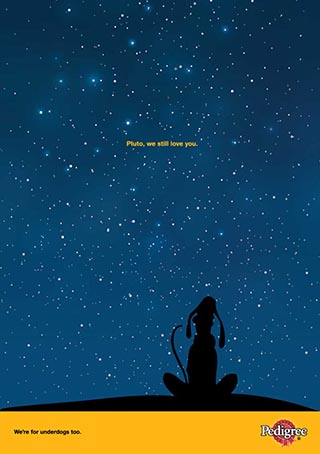

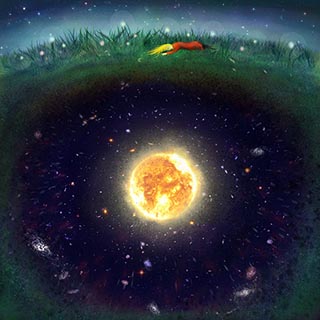

.jpg.1c9c8094b75f70eef55e6060dab31ace.jpg)

